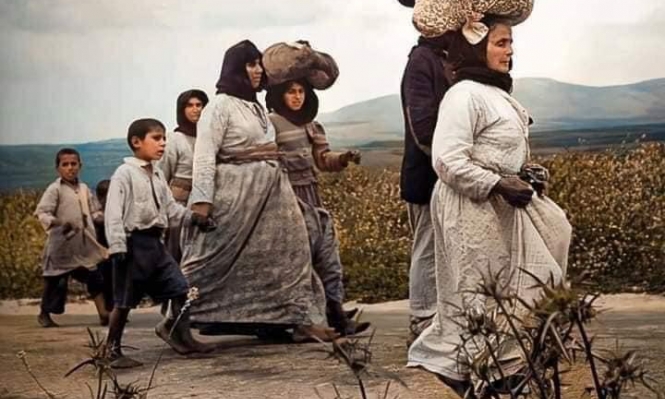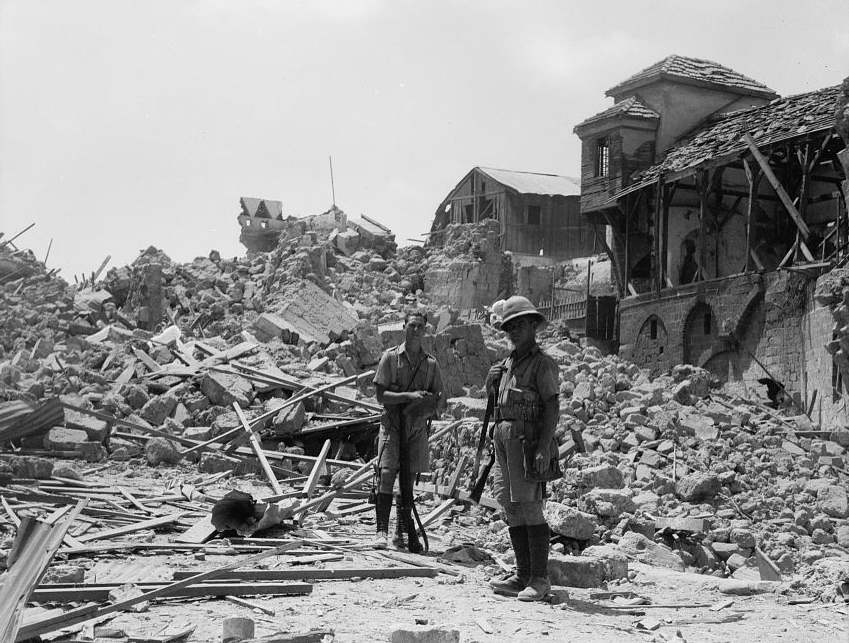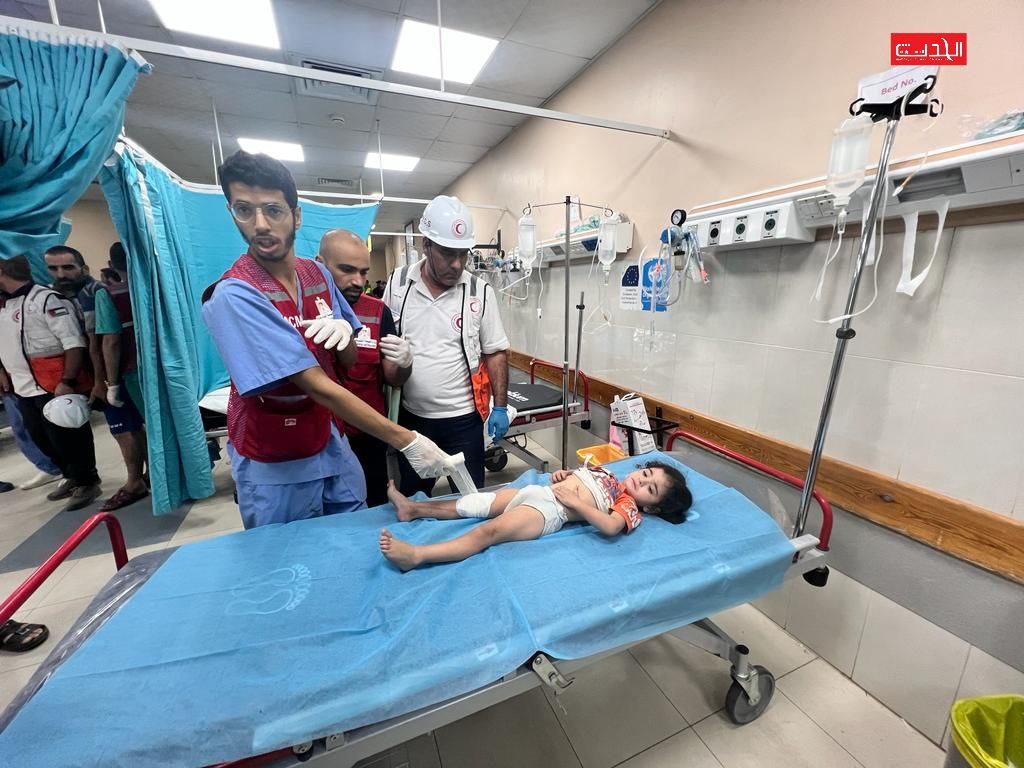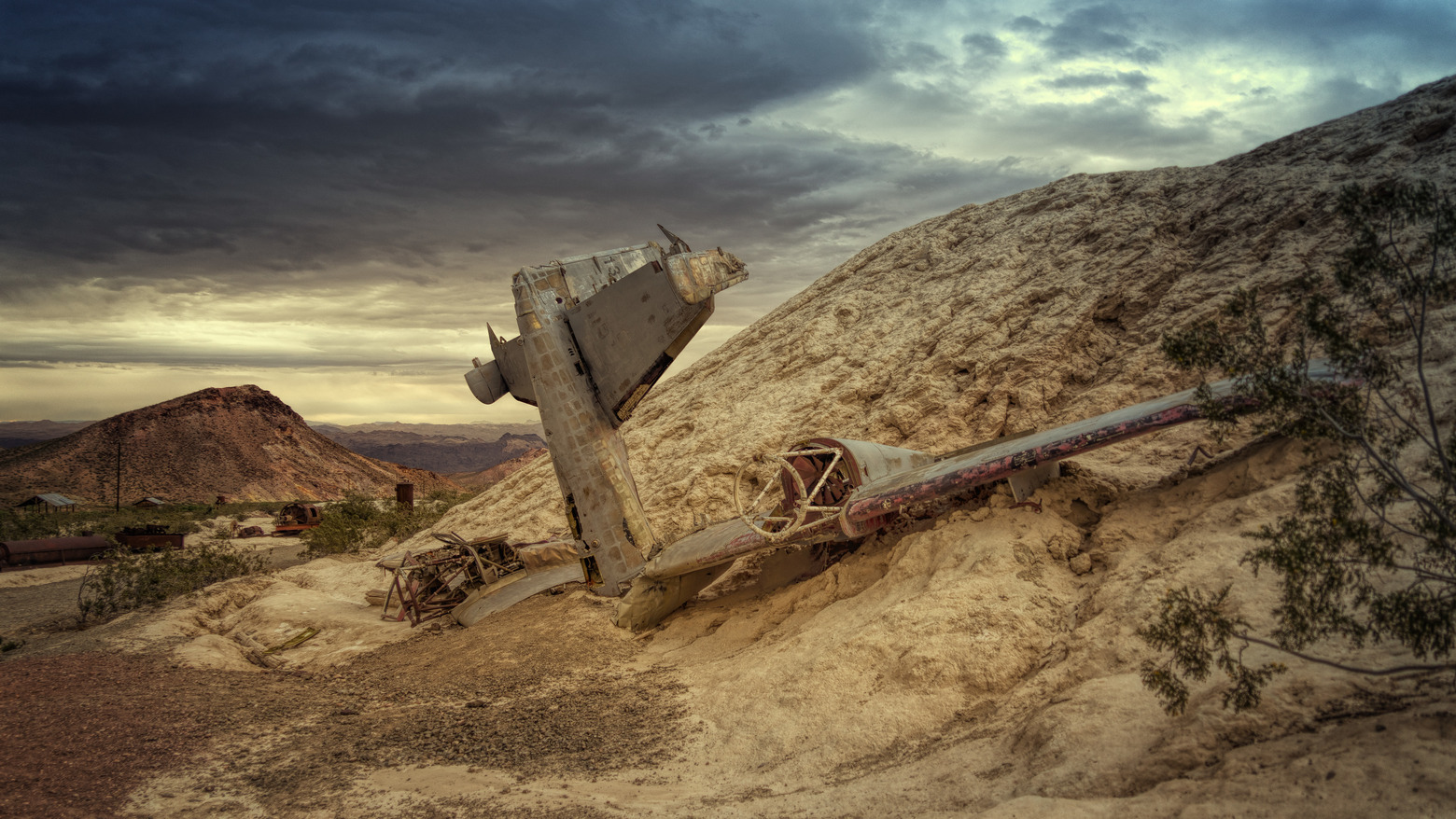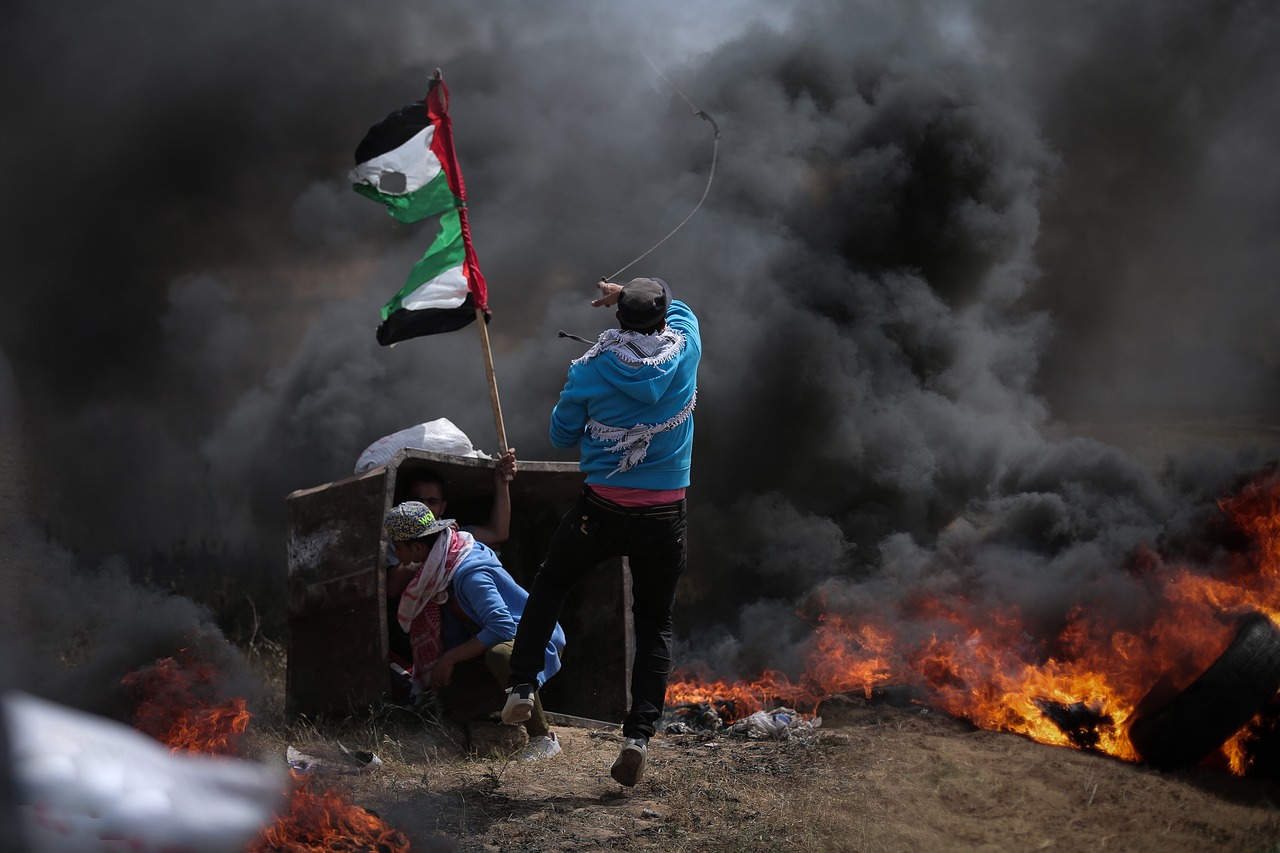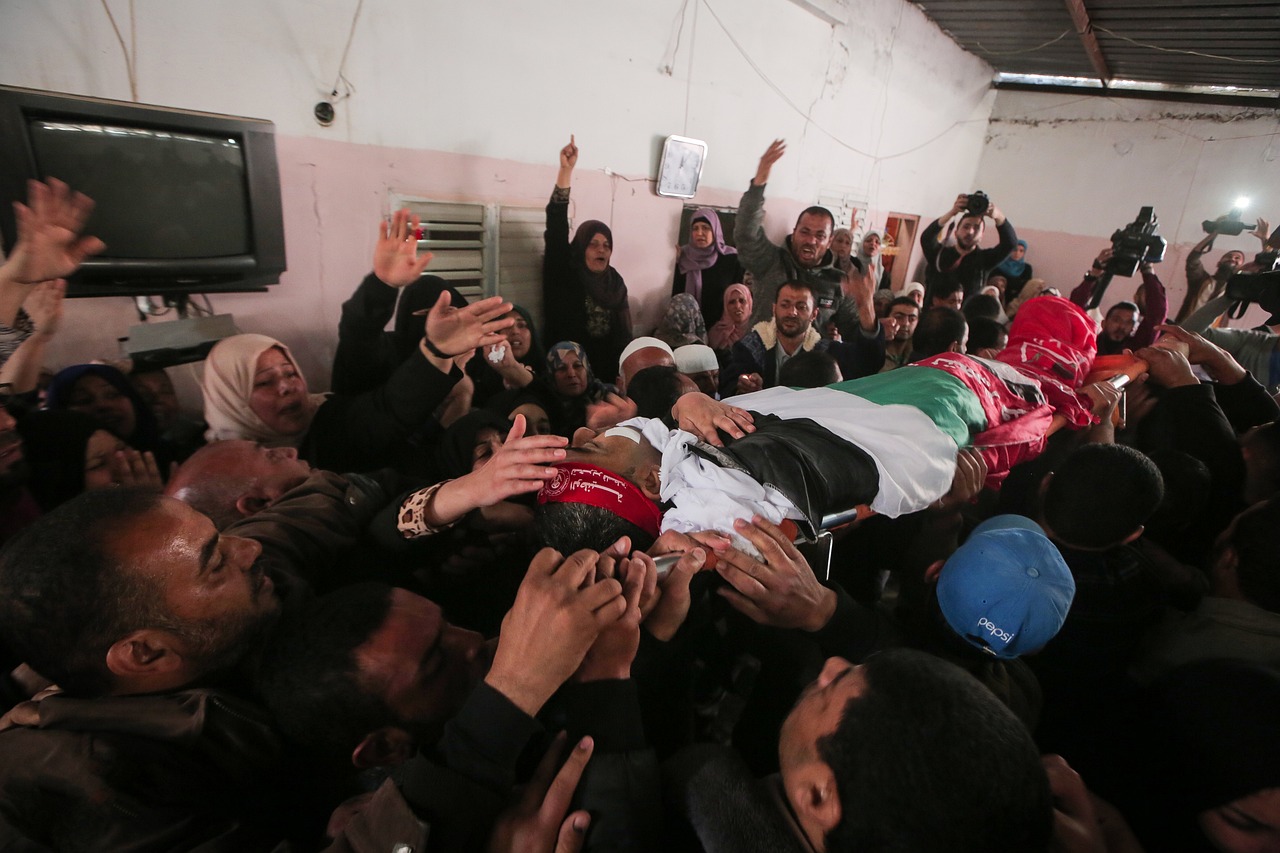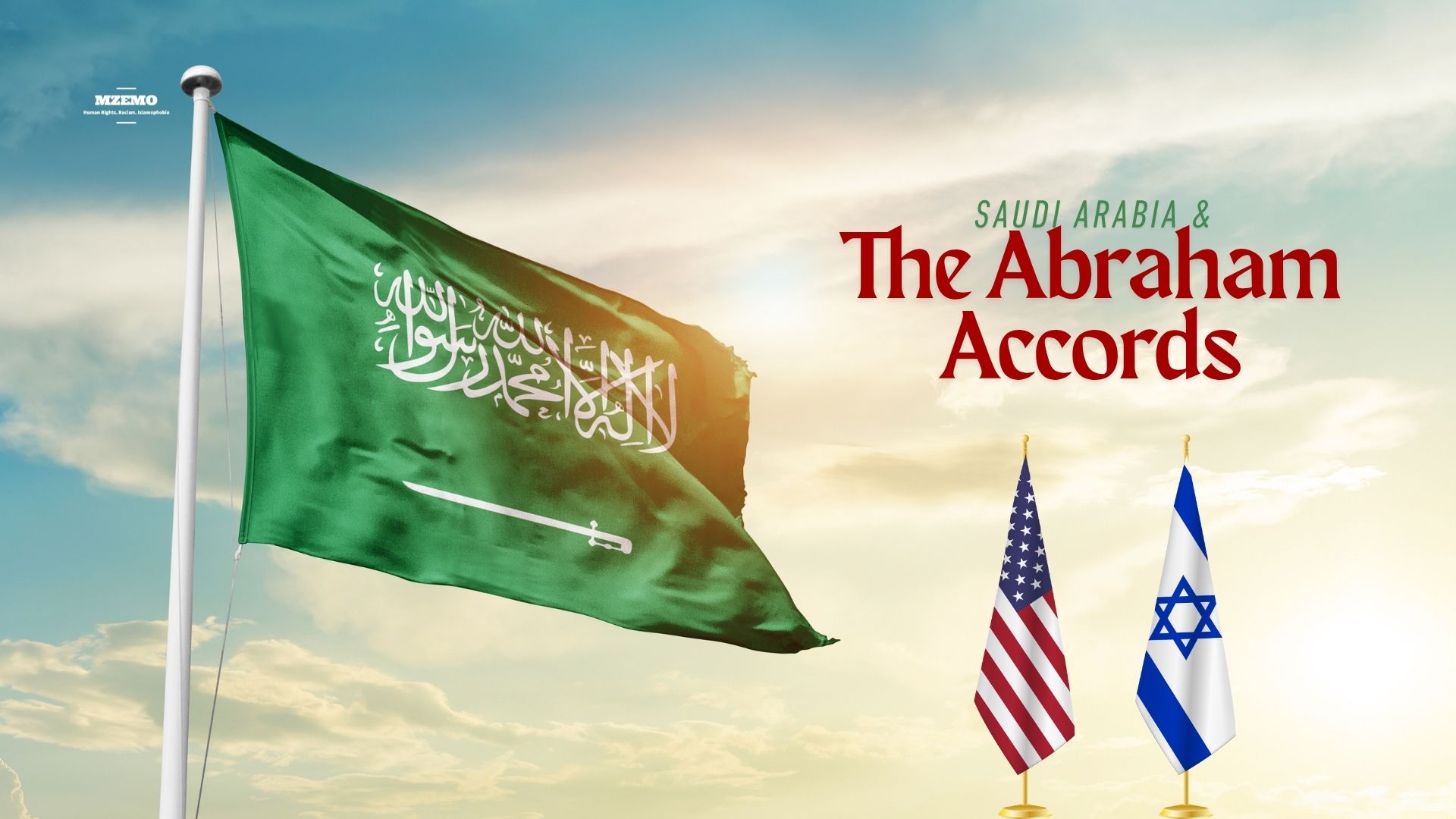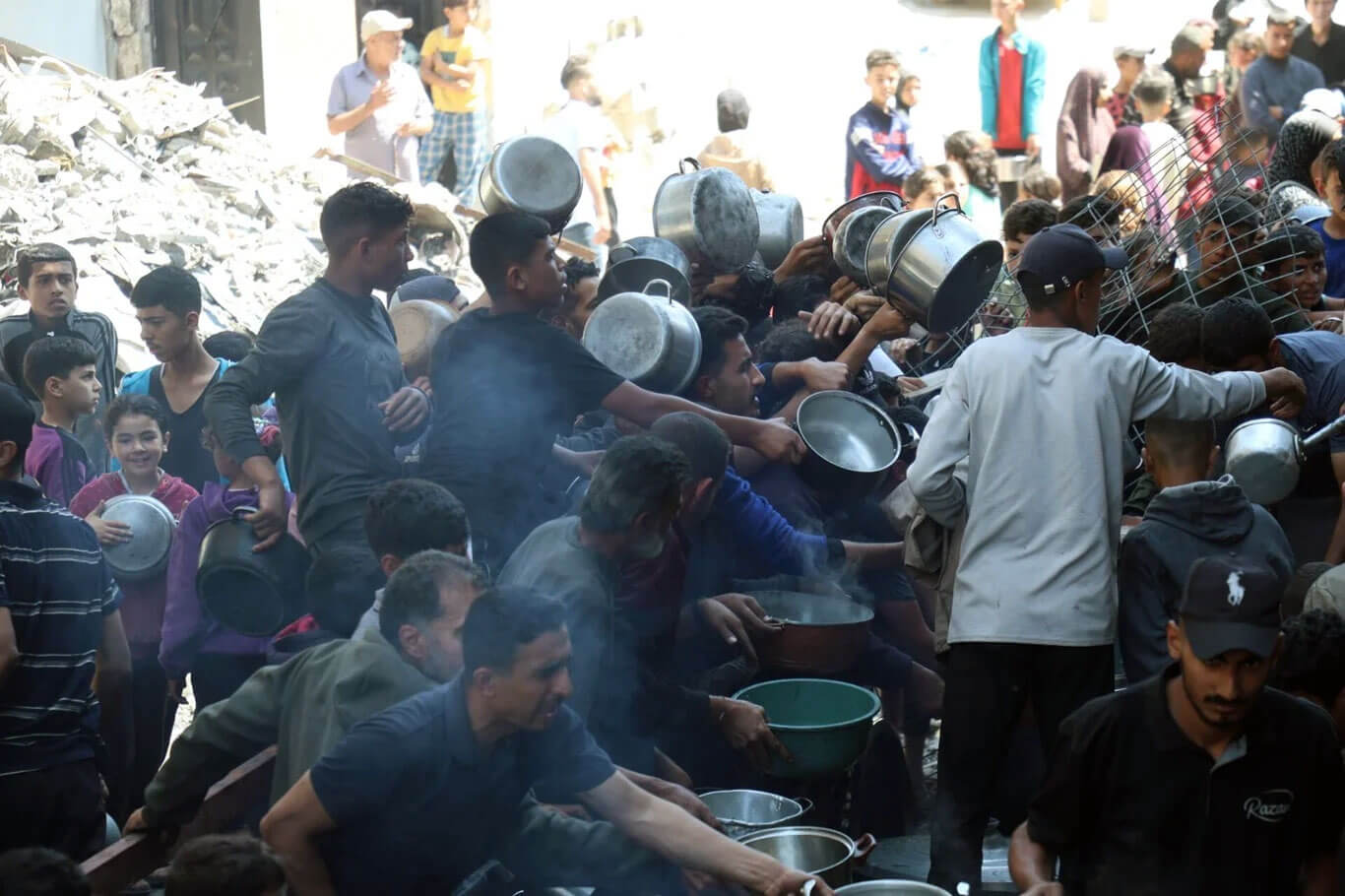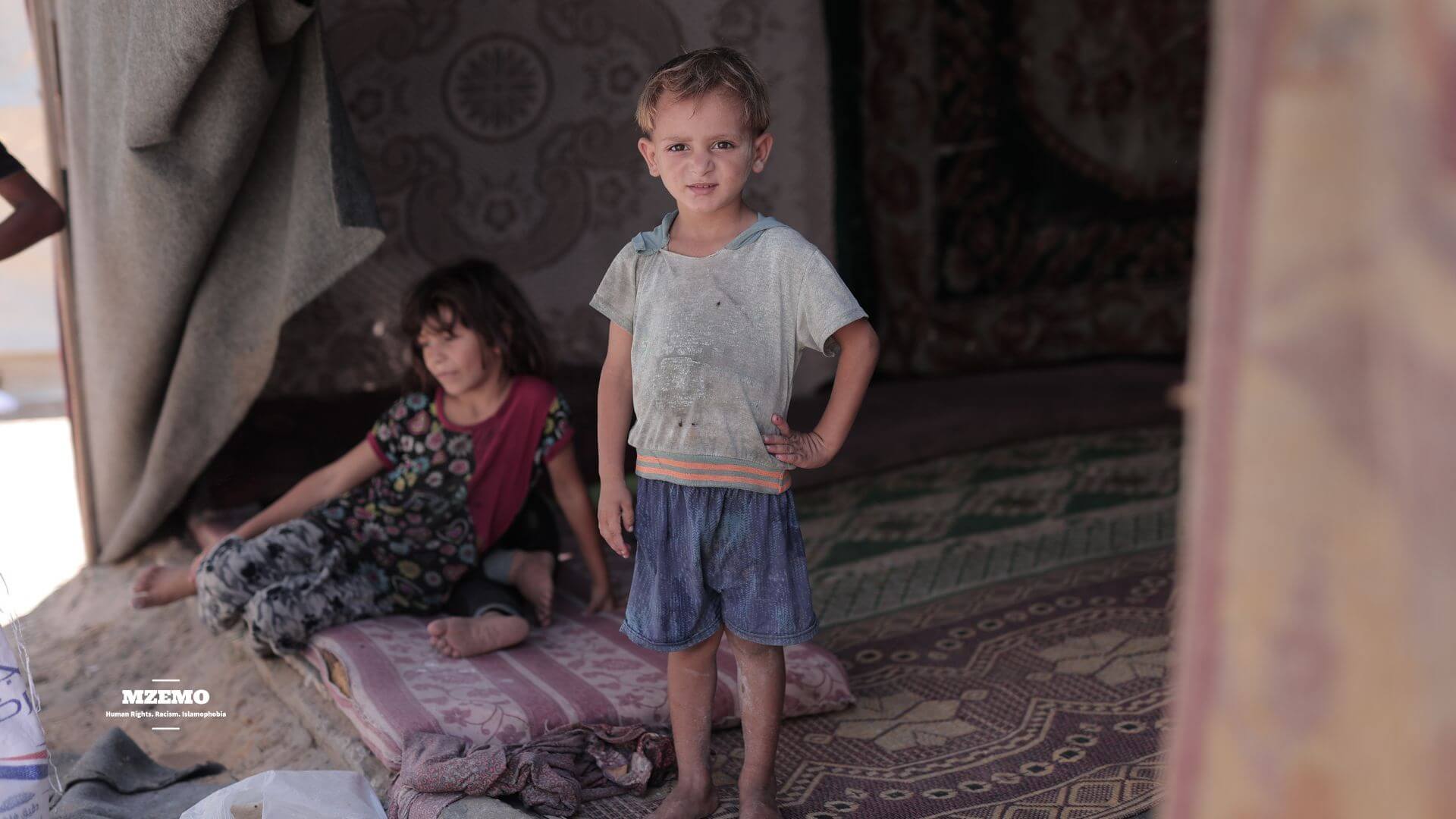The stage is being set for yet another high-profile Middle East handshake, and that could be a significant one. US President Donald Trump has just indicated that he expects a substantial expansion of the Abraham Accords by December 2025. These accords were a deal of normalization between Israel and several Arab states, including the UAE, Bahrain, Morocco, and Sudan, brokered by the United States in 2020.
His primary goal is to bring Saudi Arabia, the region’s heavyweight, into the fold. However, the question remains: will another round of normalization finally deliver justice to Palestinians, or bury their cause under diplomatic theatrics?
A New Chapter in an Old Script
Trump’s remarks at a campaign event this October came with quite confidence. “I think Saudi Arabia will join soon,” he said. “And when Saudi joins, everyone joins.” His prediction echoes the triumphalism of 2020, when the U.S.-brokered Abraham Accords led the UAE and Bahrain to recognize Israel, followed by Morocco and Sudan. Washington called it a “new era of peace.” However, for Palestinians, it marked yet another sidelining of their struggle.
When it comes to Saudi Arabia, it has long positioned itself as the guardian of Muslim interests in Jerusalem. Crown Prince Mohammed bin Salman (MBS) has signaled openness to normalization, but only if it comes with what he calls a “credible path” to Palestinian statehood. Riyadh’s diplomats repeat that line in every forum, but the details remain elusive. Will Saudi Arabia really demand binding steps toward ending occupation, or settle for economic incentives and U.S. defense guarantees?
The Cost of Recognition Without Rights
When the Abraham Accords were first signed, Israeli settlements in the occupied West Bank were already expanding at a record pace. Gaza remained blockaded by land, air, and sea. Yet none of the normalization signatories demanded measurable progress on Palestinian sovereignty. Instead, trade deals, arms contracts, and security partnerships flourished. Israel gained legitimacy without reform, while Palestinians gained little beyond rhetorical sympathy.
That imbalance is what makes Trump’s new push alarming to many in the region. The Gaza genocide has laid bare the moral bankruptcy of a peace process that ignores Palestinian suffering. To speak of “peace” while Gaza starves and the West Bank land is annexed is to misuse the word entirely.
What Saudi Arabia Could Get in Return?
For Saudi Arabia, normalization with Israel comes with a tempting list of rewards. It could include a U.S.-Saudi defense pact, advanced weapons systems, and civilian nuclear cooperation. These incentives could strengthen MBS’s global standing and accelerate his Vision 2030 ambitions. Yet the domestic and regional risks are profound. Saudi public opinion, according to Arab Barometer surveys, remains firmly opposed to any deal that abandons Palestinian statehood. Even among Gulf allies, the optics of aligning with Israel during Gaza’s devastation are politically explosive.
It is undoubtedly clear that if Riyadh proceeds without clear concessions for Palestinians, it risks forfeiting its moral authority across the Muslim world. On the other hand, demanding real steps, such as halting settlement expansion, lifting the Gaza blockade, or recognizing East Jerusalem as the Palestinian capital, would likely stall talks indefinitely. Either way, Trump’s indication looks more like political theater than a realistic roadmap.
Trump’s Calculations
For Trump, the Abraham Accords were the centerpiece of his foreign policy legacy. Reviving them now serves his campaign narrative: the dealmaker who could deliver “peace in the Middle East” while securing American interests. However, this approach once again treats Palestine as a side issue, a problem to be managed, not resolved. The White House’s language of “prosperity” and “stability” continues to mask the reality of occupation, displacement, and collective punishment.
The United States still provides Israel with $3.8 billion in annual military aid and routinely shields it from UN accountability measures. As long as this dynamic persists, any U.S.-brokered normalization will remain inherently unequal and only a peace built on power, not justice.
Regional Dominoes and Diplomatic Illusions
If Saudi Arabia joins, analysts expect smaller Muslim-majority nations, including possibly Oman, Indonesia, or even Malaysia, to face renewed U.S. pressure to follow suit. The logic remains simple as the bigger the coalition, the more isolated Palestine becomes. Each new handshake, each photo-op in front of flags, makes Israel’s occupation appear more “normalized” on the world stage.
Yet, the Arab street tells a different story. From Amman to Kuala Lumpur, protests against Gaza’s siege have reignited solidarity with Palestinians. Even in countries that signed the Accords, public anger has grown. Leaders may sign deals, but the people remember, and hunger for justice still runs deeper than political convenience.
The danger of Trump’s December timeline is that it reframes normalization as progress, even as conditions in Gaza worsen. The UN reports that 93% of Gazans face food insecurity, while thousands remain displaced amid rubble and disease. To speak of diplomatic expansion while famine spreads is not peacemaking but another way of distraction.
True peace cannot emerge from transactional diplomacy. It demands accountability for war crimes, recognition of Palestinian sovereignty, and the dismantling of apartheid structures that define life under occupation. Until those principles guide policy, every new accord will be just another headline masking a humanitarian tragedy.
A Question of Conscience
What kind of peace are we expanding when it rewards power and punishes the powerless? The real peace demands the restoration of peace and equality, and not dominance. Saudi Arabia’s decision and inclination will shape more than its own foreign policy. It will be a defining moment of whether the Arab world chooses moral leadership or political expedience.
For Gaza, the answer cannot come soon enough. The people who have endured war, hunger, and isolation deserve more than photo opportunities and vague promises. They too deserve a peace that finally includes them!
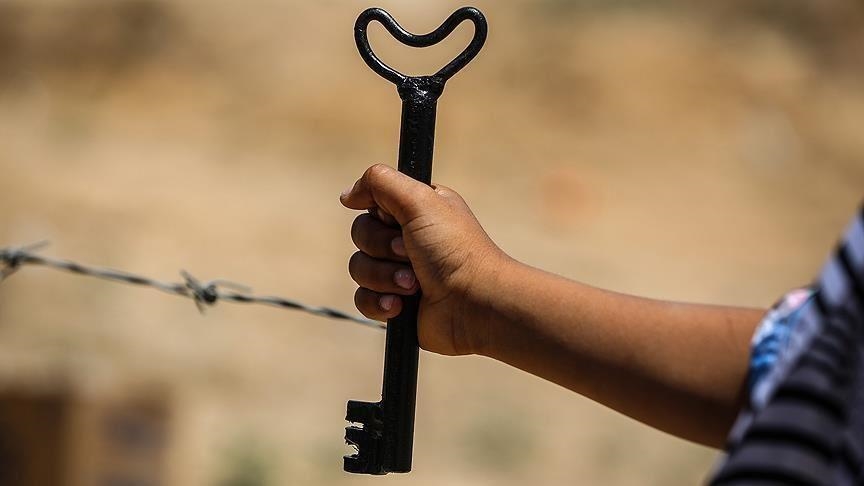

 Featured2 years ago
Featured2 years ago
 Featured3 years ago
Featured3 years ago
 Featured2 years ago
Featured2 years ago
 Featured4 years ago
Featured4 years ago
 Featured3 years ago
Featured3 years ago
 Featured5 years ago
Featured5 years ago
 Featured2 years ago
Featured2 years ago
 Featured3 years ago
Featured3 years ago
